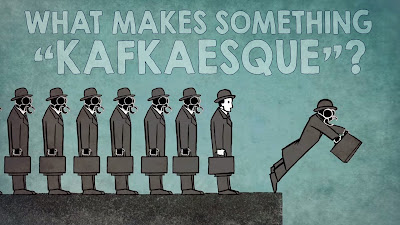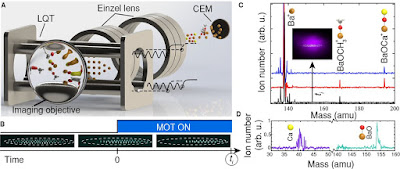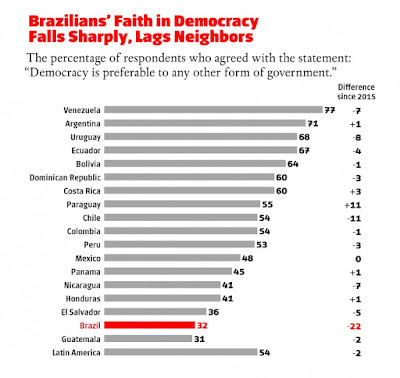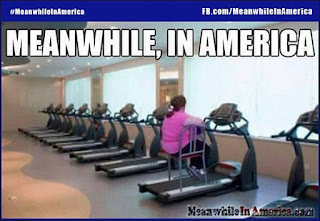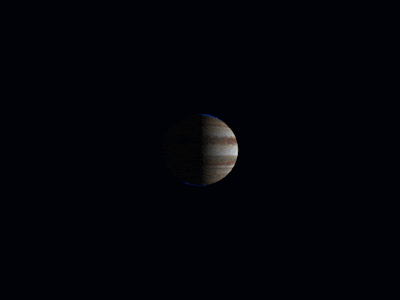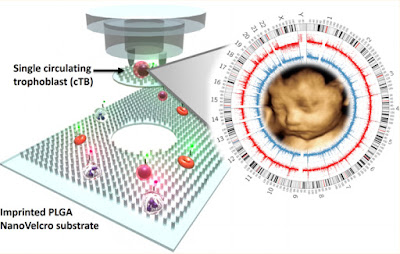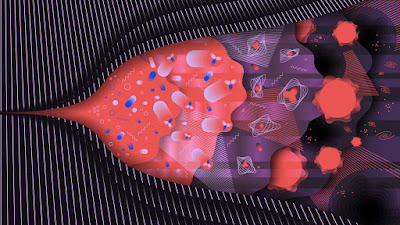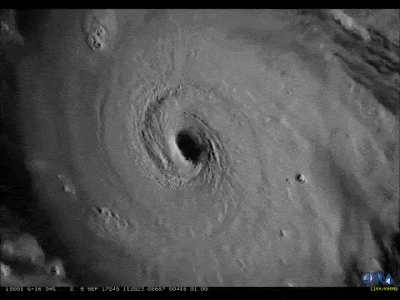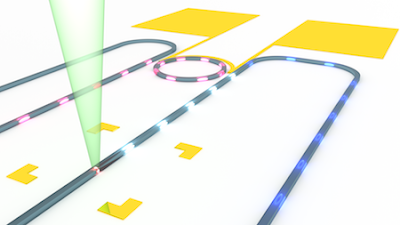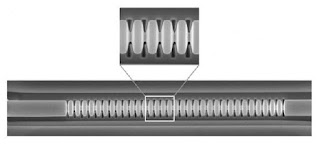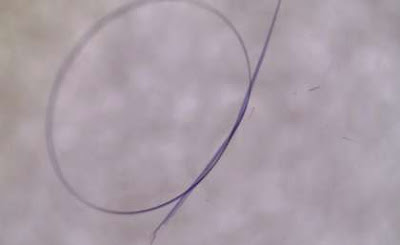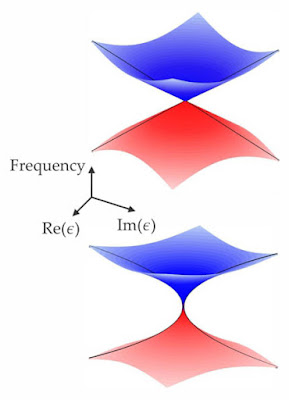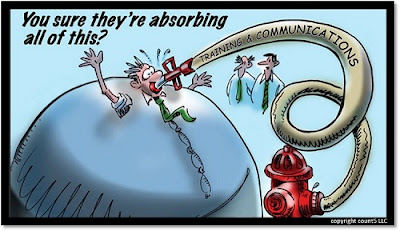 |
| Researchers at Columbia University created an evaporation engine, driven by bacterial spores that swell as they absorb moisture from evaporating water. XI CHEN |
"Caveat emptor is the only motto going, and the worst proverb that ever came from the dishonest stone-hearted Rome." Anthony Trollope
Please note I'm not quoting Trollope (an apropos name for our times as malapropism) as a critique of the study. All science is preliminary, in iterative steps. "Rome was not built in a day," and neither will sustainable energy solutions that will hopefully replace our current fossil model. It is unfortunate that our easy access to information via search engines have made us all attention deficit as a species and unappreciative of process, either political or scientific.
Technology that can tap into the renewable power of natural water evaporation could produce a huge portion of the nation's energy needs—at least theoretically (see "Scientists Capture the Energy of Evaporation to Drive Tiny Engines").
Prototype "evaporation-driven engines" generate power from the motion of bacterial spores that expand and contract as they absorb and release air moisture. If it could be done efficiently and affordably, the devices could provide more than 325 gigawatts of electricity-generating capacity, outpacing coal, according to a study published Tuesday in Nature Communications.
That, however, would require covering the surface of every lake and reservoir larger than 0.1 square kilometers in the lower 48 states, excluding the Great Lakes, with arrays of the devices. Obviously, that would directly conflict with existing economic and recreational uses, and raise a host of serious aesthetic and environmental concerns. Notably, interfering with evaporation on a large enough scale, across a big enough lake, could even alter local weather.
But study coauthor Ozgur Sahin says that the paper is more of a thought experiment designed to underscore the potential of the technology and the importance of advancing it beyond lab scale, rather than any sort of literal development proposal.
Evaporation Engines Could Produce More Power Than Coal, with a Huge CaveatJames Temple, MIT Technology Review

